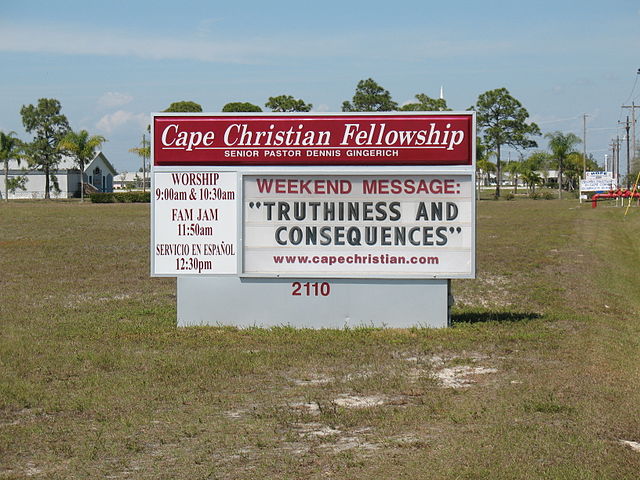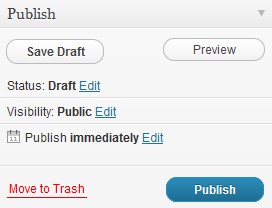
This article was originally published as “Writing Online Content for Distracted Humans and Web-Crawling Spiders” in the Association Executives of North Carolina’s Success By Association magazine, November/December 2015 issue.
~~~
Remember the days when members read everything you mailed them? Or, at least you thought they did. You never knew for sure, but one thing’s for certain: you didn’t have the competition for their attention like you do today.
Nowadays, media sites, for-profit communities, vendors, consultants, and brands are clamoring like you for the same 15 minutes of your members’ online reading time. Many of these competitors have big budgets to spend on behavioral scientists, marketers, copywriters, and designers to help them deliver attention-grabbing content.
But, you can compete and win if you know the basics of effective online writing.
Capture attention if you want to deliver value.
A few years ago, marketing experts proclaimed, “Content is king.” If you wanted to position your organization as a trusted authority and indispensable source of information, online content was the way to go.
Now, content is in danger of becoming a commodity. Much of the content slung about the web today is irrelevant crap—written in a rush to capture eyeballs and the favor of Google’s search algorithms—those web-crawling spider bots. To deal with the constant stream of content in their inboxes and social streams, readers quickly skim and mercilessly hit the Delete button.
“When information is cheap, attention becomes expensive,” said science historian James Gleick. If you want to deliver value to your members, you must first capture and hold their attention.
Write for skimmers, not readers.
When online readers visit a page of content, eye-tracking studies show that they scan the page in an F-pattern. First, they scan the headline, and the first sentence or two. Then, their eyes glance down the page, scanning subheaders and other bold or bulleted text.
Online readers scan to find out if the content appears to efficiently deliver the promised value, so your content must invite the reader in by looking easy to read. Segment content into short paragraphs interspersed with bold subheaders that summarize the message and guide the reader down the page. With content management systems, you can format subheaders so Google takes notice of any keywords used in them.
Use a parallel structure for subheaders and bullet lists. For example, make each subheader an imperative sentence, like the ones in this article. Bullet lists and indented quotation blocks also provide a target for skimming eyes and the necessary white space to break up a page.
Stick to one font style so the page doesn’t look busy. Use different font sizes for the headline, subheader, and body. Never underline text—only embedded links should be underlined. When using links, never say, “Click here.” Instead use the embedded link text to describe what the reader will get when they click.
Reel in the reader.
Hook your reader with the headline or subject line. Headline writing is an art and science that takes years to master, but a few tips will move you to the front of the class.
- Promise value.
- Make it personal.
- Ask a challenging question.
- Trigger curiosity.
- Stoke anxiety.
- Convey urgency.
- Make it tweetable.
If you capture readers’ attention with the headline, they’ll read the first sentence. Then keep pulling them in, sentence by sentence, paragraph by paragraph. Don’t wait for a big reveal at the end of your piece—deliver the value up front before you lose them.
Speak to the reader.
Let your content be personally engaging and conversational, not dry and institutional. Be a real person behind the screen. Address the reader with “you”—the most powerful word in copywriting.
Strive for strong, simple language. Avoid using jargon, clichés, and buzzwords. Use the active, not passive, voice.
In MS Word options, under Proofing, turn on the Readability Statistics tool. After a spell-check, it shows the percentage of passive sentences and the Flesch-Kincaid grade level. The lower the grade level, the easier and quicker your content is to read. The Hemingway Editor is an online tool that identifies complex and passive sentences. Don’t worry, you’re not dumbing down your content, you’re saving time for your readers.
Write for the reader, not Google.
Google’s algorithms have changed over the years to become more attuned to what readers naturally seek. If you write content that readers find valuable, Google will find you too. There’s no need to stuff content with keywords. Write clearly and naturally using the words and phrases that readers use to talk about your topic. Listen to members’ conversations in your online community, social platforms, and elsewhere to understand their language and needs.
Beware “black hat” SEO agencies that guarantee a search ranking. Never try to game Google—you’ll suffer a punishing and, perhaps, permanent loss of ranking. Knowing a few basic search engine optimization (SEO) principles will ensure your content does well in search rankings.
In April 2015, Google announced that websites must be mobile-friendly to earn a decent ranking. Write for the mobile reader:
- Shorten subject lines.
- Use appropriate font sizes.
- Provide plenty of white space on the page.
- Make links easy to click.
Use your content management system’s SEO tools to create a title tag and meta tag—the page description in Google search results—for every web page. Make sure your image file names include descriptive keywords. Provide explanatory alt text for every image—when images don’t load, readers read the alt text to see what they’re missing.
Include internal links within your content—links to related content on your website. Check out the SEO starter guides from Google and Moz for more SEO tips.
Neuroscientists say the digital world has rewired our brains. Our attention spans have suffered. We read differently online than we did when print was king. However, we have access to more information now than ever before. Make sure your online content is easy for your members to find and digest.
Deirdre Reid, CAE is a freelance writer for technology firms serving the association market. The association community remains her professional home after spending ten years at national and state associations overseeing membership, vendor programs, marketing, publications, chapter relations and more.
Related posts:
(Creative Commons licensed photo by Mike Licht after Edouard Manet)








